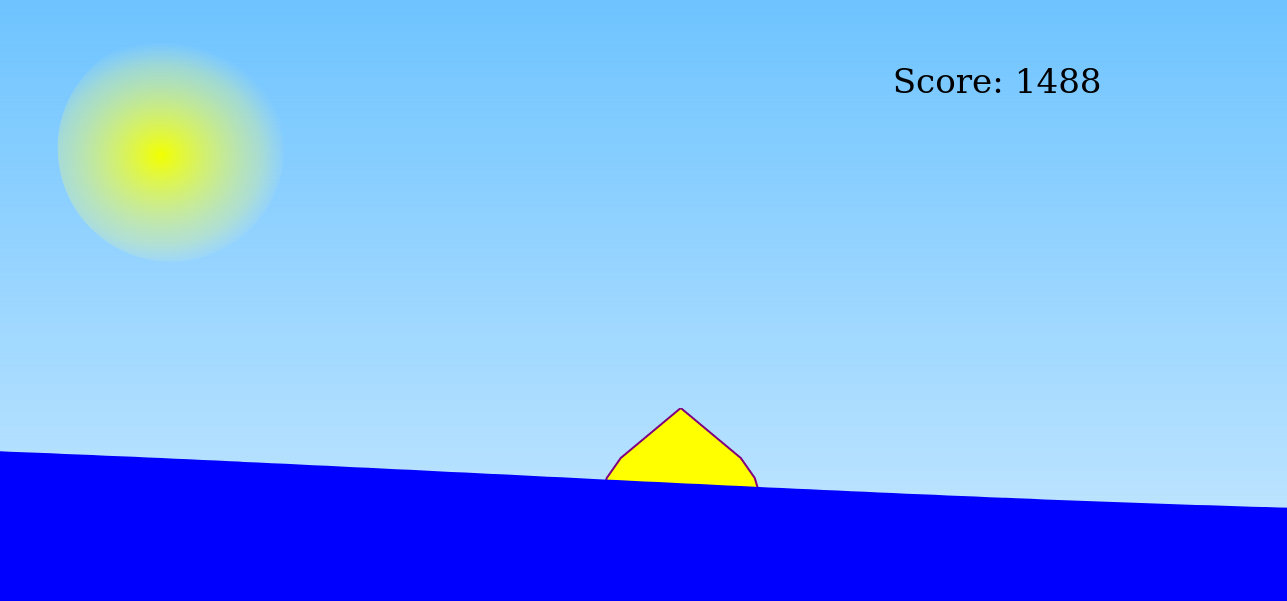What the heck is a WEC?
Have you ever been to the coast when there were really big waves? Have you heard the waves thundering against the rocks? Or have you gotten sea sick on a ship, because the waves were shaking the whole vessel with ease? Then you might have gotten a good idea of the energy that is transported in ocean wave. Some smart engineers thought it would be a great idea to transform a bit of the ocean wave power into electrical power. They invented and build machines doing this and called them Wave Energy Converter. That is a long word! Experts are just calling them WECs. So how does a WEC work? Imagine a buoy on the ocean. Normal buoys are anchored with a chain to the seabed. Instead of connecting them directly to the seabed libe buoys, WECs are connected to a generator! When a wave comes the buoy pulls the line upwards and so move the generator, when the wave is gone, the weight of the generator will pull the buoy into rest position again. It is so simple! Look at the picture on the right. It shows actually a sketch of a real existing WEC, which was working at the Swedish west coast.Getting the most out of a WEC
A normal buoy is a very bad WEC, it moves slowly with the wave. But to absorb a lot of energy we need a fast movement! Two smart researcher had the brilliant idea to lock the generator movement when the buoy is in its lowest position and hold it until the wave is almost at the highest point. Then the generator is allowed to move and the buoy will jump. Look at the pictures at the top and try to figure out which WECs are latching and which are not. But it is not always easy to find the correct position to hold and release the generator. A lot of researcher thought how this could be done best and now comes ... you!
The latching game!
In the latching game you are a WEC in the ocean and have to decide when to hold and release the generator. You can press the space key if you have a keyboard or just touch your screen if you have a device with touchscreen. The motion of the buoy will be blocked until you release the space key or stop touching the surface. Ready? Lets go!

